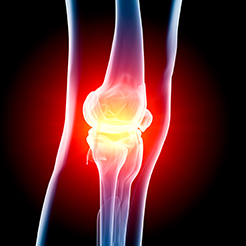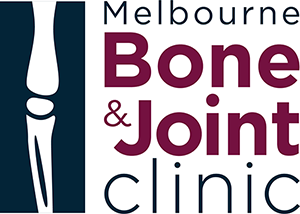TOTAL KNEE REPLACEMENT
Revision knee replacement may need to be performed when your initial knee replacement no longer functions, causes pain or becomes loose. Revision knee replacement surgery can be quite minor or can be quite complex and this is dependent on numerous factors. Our surgeons are experts in the field of revision surgery on the knee joint and will provide you with your treatment options at consultation.
REVISION TOTAL KNEE REPLACEMENT
Revision knee replacement may need to be performed when your initial knee replacement no longer functions, causes pain or becomes loose. Revision knee replacement surgery can be quite minor or can be quite complex and this is dependent on numerous factors. Mr Jain is an expert in the field of revision surgery on the knee joint and will provide you with your treatment options at consultation.
HIGH TIBIAL OSTEOTOMY
High tibial osteotomy is a procedure that can be performed in patients who are too young for total knee replacement (total knee replacement is not optimal in patients under the age of 55) but are incapacitated from osteoarthritis affecting one compartment of the knee. The procedure involves the tibia (shin bone) being cut just below the knee and a wedge placed in this bone to realign the leg in order to take the weight away from the worn-out component.
KNEE RECONSTRUCTION
The Anterior cruciate ligament (ACL) or posterior cruciate ligament (PCL) of the knee may rupture following a traumatic episode causing instability and an inability for continued normal knee function. ACL and PCL reconstruction involve rebuilding the ligaments of the knee joint to provide stability and support in order for you to carry out routine daily activities along with getting back to sport.
Multi ligament reconstruction is necessary when 2 or more ligaments around the knee are injured and require surgical repair or reconstruction. These ligaments anterior cruciate ligament (ACL), posterior cruciate ligament (PCL), medial collateral ligament (MCL) and lateral collateral ligament (LCL) all provide support and stability to the knee joint. When 2 or more are injured it is important that surgery be performed to regain strength and stability within the knee. Generally traumatic high energy forces are responsible for these injuries (such as traumatic sporting injuries and motor car accidents). They are often very complex and require specialised surgical skills for optimal results.
KNEE ARTHROSCOPY
Knee arthroscopy is a common procedure whereby a camera is inserted into the knee joint to not only determine diagnosis, but in many cases repairing or removing tears to the cartilage or removing foreign bodies within the knee joint can be done with special instrumentation at the time of arthroscopy.

